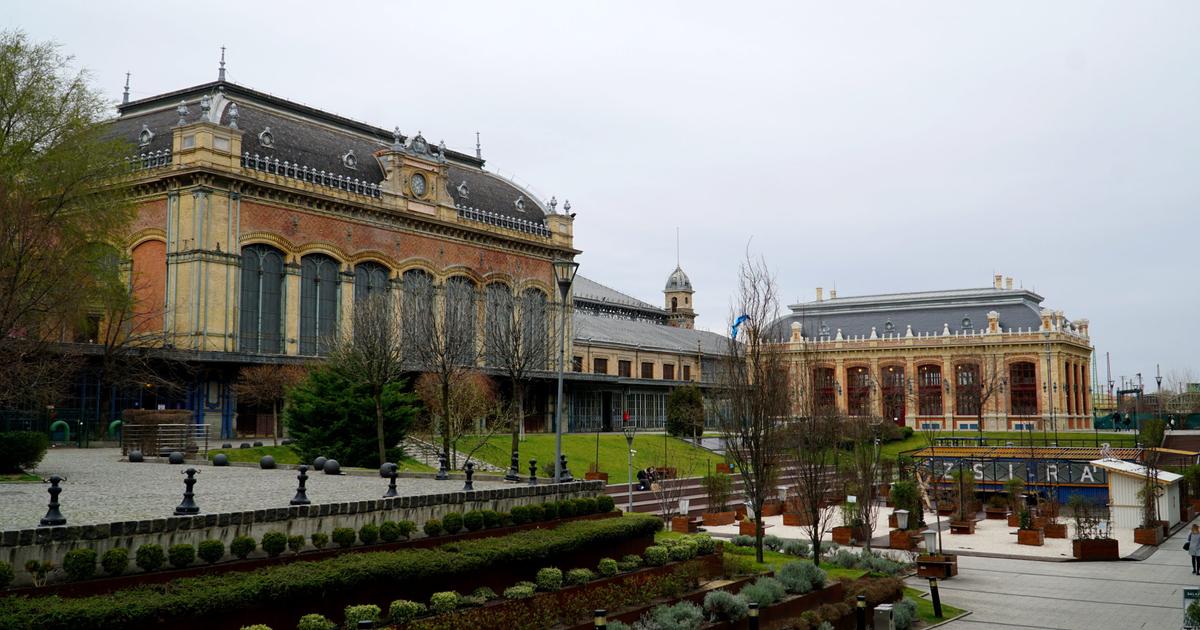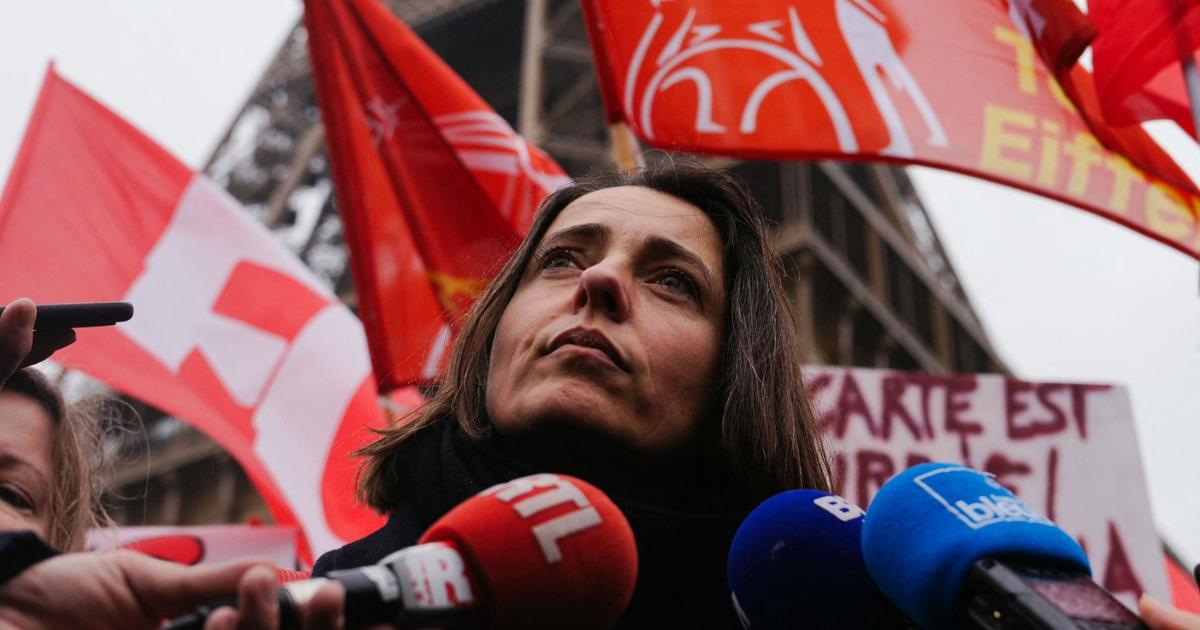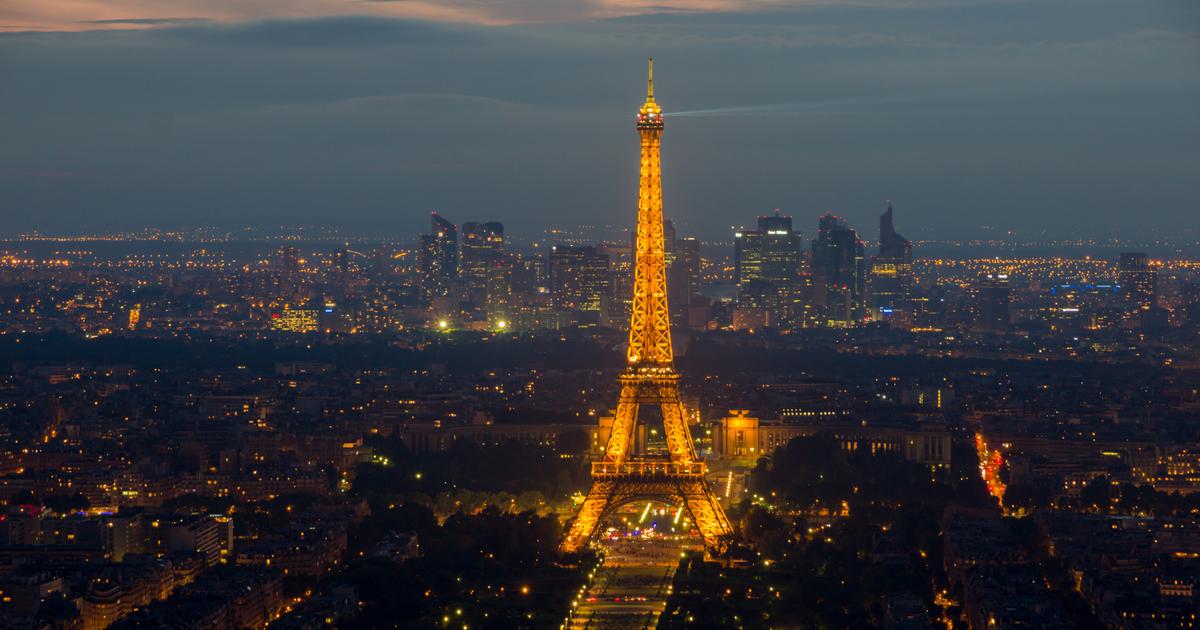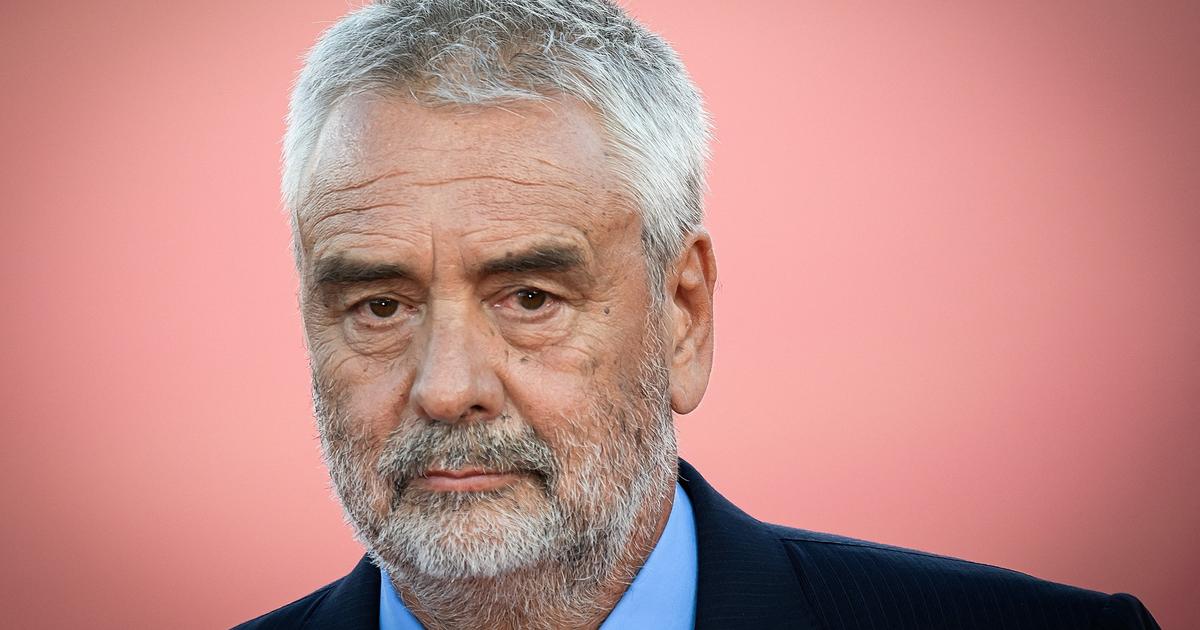Exactly 100 years ago, on March 27, 1923, the engineer Gustave Eiffel, world famous for his metal constructions, passed away in Paris.
360° virtual reality experience in the Eiffel Tower, Unesco-labeled itinerary exhibition, route through several cities in France and around the world... Tributes will multiply until the end of 2023 on the occasion of the centenary of the disappearance of the architect from Dijon by birth.
Gustave Eiffel was born in 1832. A graduate of the École centrale des arts et manufactures in 1855, he first turned to chemistry.
To which he quickly preferred metallurgy.
His first major work, of which he directed the construction site aged barely 26, was born in 1860 in Bordeaux.
The "Saint-Jean footbridge" crosses the Garonne right through and is 510 meters long: it is a technical feat for the time.
The bridge retains its primary function for a long time, since the trains between Paris-Montparnasse and Bordeaux-Saint-Jean circulated there until 2008.
Its classification as a Historic Monument in 2009 enabled it to escape destruction.
Along the stations, galleries, bridges, viaducts, canals and other beacons, the engineer has a string of successes.
To see his career culminate with the Eiffel Tower, built in just two years on the occasion of the Paris Universal Exhibition of 1889. The liquidation of the Panama Canal in 1889, whose locks Gustave Eiffel was to build, put an end to his career in the field.
The former project manager continues, until his last breath, various scientific researches.
On the occasion of the hundredth anniversary of his death, a look back in images at his finest achievements.
The Eiffel Tower (France)
The peak of Gustave Eiffel's career, the Eiffel Tower was originally intended to overlook Paris for only twenty years.
THOMAS SAMSON THOMAS SAMSON / AFP
Built in just two years, the Eiffel Tower was revealed to the public during the Universal Exhibition of 1889. In 2022, the "Iron Lady" welcomed 6.2 million visitors within it and 21 million on its forecourt.
However, the one that overlooks the 7th arrondissement of Paris from its height of 330 meters was to be dismantled twenty years after being built.
It was its function as a radio antenna that enabled it to be saved from this sad fate.
Read alsoWhat are the most visited tourist and cultural sites in France?
The frame of the Statue of Liberty (United States)
The internal structure of the one known as the "Iron Lady" is the fruit of the work of Gustave Eiffel.
MICHAEL M. SANTIAGOMICHAEL M. SANTIAGO / GETTY IMAGES NORTH AMERICA / GETTY IMAGES VIA AFP
In 1881, when the centenary of the Declaration of Independence of the United States was celebrated, Gustave Eiffel was commissioned to shape the framework of this gift as a pledge of Franco-American friendship.
The technique proven by the Dijonnais to create the internal structure of "Liberty guiding the world" will be reused to build the Eiffel Tower.
The rest of the statue is the fruit of the work of the French sculptor Frédéric Auguste Bartholdi.
Everything will be inaugurated in 1886 in New York.
The metal hall of Budapest station (Hungary)
On October 28, 1877, the Gare de l'Ouest was inaugurated with great fanfare.
Tourism Hungary
Gustave Eiffel also participated in the construction of stations.
Among the most famous: that of Budapest Nyugati Pályaudvar – “the West station”.
Completed in 1877, it is one of the three major stations in the Hungarian capital (just over 14,000 square meters).
In detail, it is the metal hall which is the fruit of the work of the French engineer.
Read alsoFive hundred-year-old cafes not to be missed in Budapest
The dome of the Hermitage Hotel in Monte-Carlo (Monaco)
The Hôtel Hermitage Monte-Carlo inherited its generous architecture from the Belle Époque.
A haven of peace with romantic décor, including a winter garden bathed in the soft light emanating from the Eiffel dome.
SBM
If it was the architect Nicolas Marquet who designed the Monegasque palace Hermitage between 1890 and 1896, it is indeed Gustave Eiffel who is behind the dome of the hotel's Winter Garden.
Made of metal and glass, it was renovated in the 1970s: gilding and pastels were added to it.
Read alsoTwo days in Monaco at the time of the 79th Formula 1 Grand Prix
The Maria Pia bridge over the Douro in Porto (Portugal)
La Ponte d.
Maria Pia, built just above Ponte d.
Luis I, came to allow the rail link between the two banks of the Douro.
Its building, designed by Eiffel, began in January 1876. Press photo
It was the first railway bridge to connect the two banks of the Douro, a 940 kilometer long river (including 206 in Portugal).
This 353 meter long bridge, built in one year, entered service in 1877. Its name is a tribute to Maria Pia of Savoy, queen consort of the country between 1862 and 1889. It is the association of Gustave Eiffel and Théophile Seyrig which allowed the bridge to see the light of day.
Read alsoWhat to see, what to do in Porto: our must-sees
The Long Bien Bridge (
Vietnam
)
The Long Biên bridge joins the two banks of the Red River, in Vietnam.
HOANG DINH NAM / AFP
Another bridge born from the genius of Gustave Eiffel: the Long Biên bridge.
Located in the north of Vietnam, it connects the two banks of the Red River.
Built between 1898 and 1903, it was, until the 1980s, the only bridge spanning the Red River.
Now classified as a historic vestige of Hanoi, this colonial symbol remains for a time called the "Paul Doumer Bridge", named after a governor general of the former Indochina.
Read alsoWhen to go to Vietnam?
Weather, climate, temperatures… The best period by region
The suspension bridge of Giza zoo in Cairo (Egypt)
Its green blends in perfectly with the surroundings of Giza Zoo, Cairo.
Press picture
If Gustave Eiffel is chosen to design this suspension bridge, it is because the khedive Ismaïl Pasha noticed his suspended footbridge in the Parc des Buttes-Chaumont during a trip to Paris.
Its green blends in perfectly with the surroundings of Giza Zoo, Cairo.
From this suspended walkway, the visitor has an unparalleled view of Egypt's largest zoo, its fauna and flora since the opening of the park in 1891.
Read alsoTravel conditions in Egypt: what you need to know to get there
The Iron Palace of Orizaba (Mexico)
Today, the building has become a public library.
carlos garcia
"El Palacio de Hierro Orizaba" was not built in Mexico, but... in Belgium.
On the other hand, it is Gustave Eiffel who is hiding behind this building.
Inaugurated in 1894, it was originally the building that housed the town hall of the Mexican municipality.
Today, the building has become a public library.
Read alsoMexico: five good reasons to visit Chiapas
The structure of San Marcos Church in Arica (Chile)
The structure of the Church of San Marcos in Arica, which was commissioned from the workshops of the Eiffel factory in 1871. Press photo
Another building that we owe to the architect: the structure of the church of San Marcos d'Arica, which was commissioned from the workshops of the Eiffel factory in 1871. It was not completed before 1875. Being at the origin of many Chilean buildings, the Dijonnais will inspire many architects in the country.









